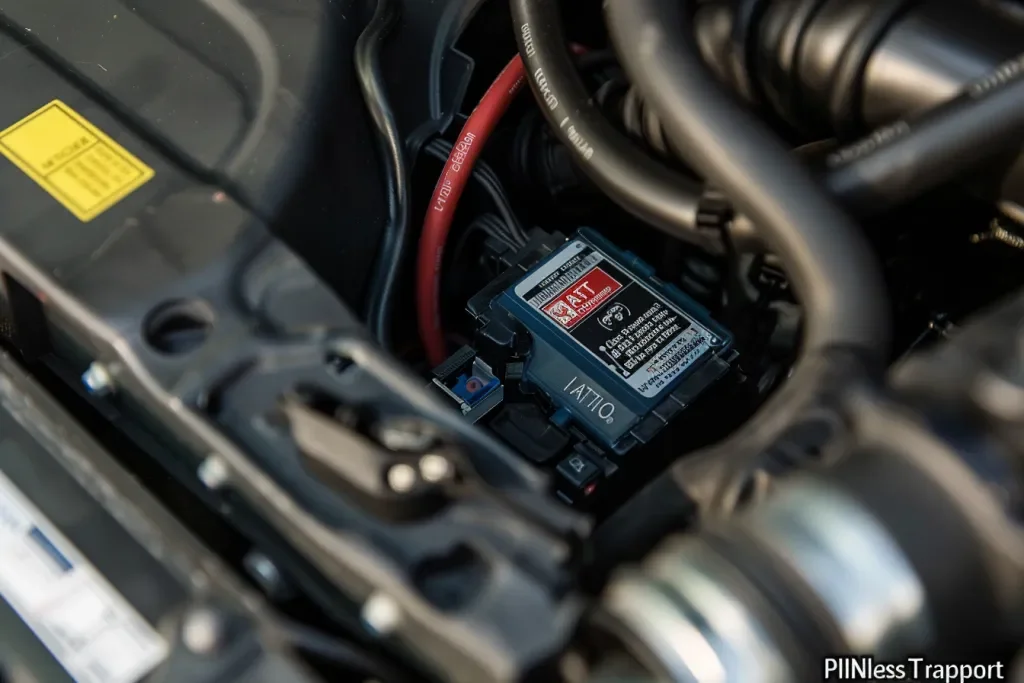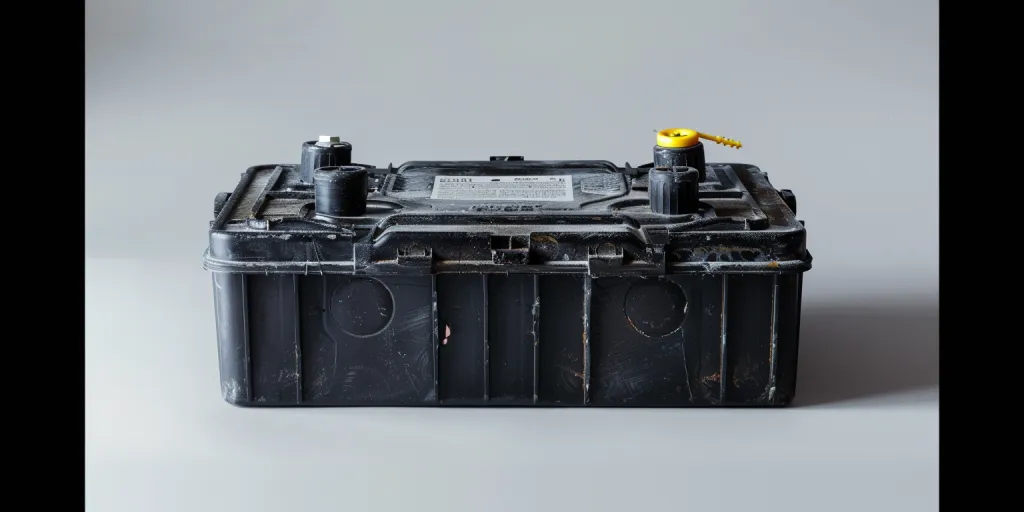Understanding car batteries is crucial for every vehicle owner. This guide delves deep into what car batteries are, their pivotal role in your vehicle’s operation, how to select the right one, their lifespan, replacement tips, and cost considerations. Equip yourself with the knowledge to ensure your car runs smoothly and reliably.
Table of Contents:
– What is a car battery?
– What does a car battery do?
– How to choose a car battery?
– How long do car batteries last?
– How to replace a car battery?
– How much are car batteries?
What is a car battery?

A car battery is a rechargeable battery that supplies electrical power to a vehicle. It is an integral component of the car’s electrical system, primarily made up of lead-acid cells. The battery’s main function is to power the starter motor, the lights, and the ignition system of a vehicle’s engine. Modern car batteries are maintenance-free and sealed, designed to be both reliable and durable. They typically consist of six cells connected in series to provide a nominal 12 volts, necessary for powering the vehicle’s electrical systems.
What does a car battery do?

The primary role of a car battery is to provide the electrical charge needed to start the engine. Once the engine is running, the alternator takes over to power the car’s electrical systems and recharge the battery. However, the battery’s responsibilities extend beyond just starting the vehicle. It also stabilizes the voltage to keep the engine running smoothly and powers electronic accessories when the engine is off. A robust and healthy battery ensures that your vehicle’s electrical components operate efficiently, from the headlights and windshield wipers to the entertainment system and navigation.
How to choose a car battery?

Choosing the right car battery involves considering several factors, including size, power requirements, and climate. The battery size, or group size, determines the physical dimensions and the terminal placements, which must match your vehicle’s specifications. The power requirement, measured in Cold Cranking Amps (CCA) and Reserve Capacity (RC), indicates the battery’s ability to start the engine in cold temperatures and its endurance. Climate plays a significant role; in colder environments, a battery with a higher CCA rating is preferable. It’s also essential to consider the battery type, such as traditional lead-acid versus Absorbed Glass Mat (AGM), the latter being more suited for vehicles with start-stop technology or high electrical demands.
How long do car batteries last?

The lifespan of a car battery can vary significantly, typically ranging from three to five years, but it can be influenced by several factors. Frequent short trips, extreme temperatures, and high electrical demands from onboard accessories can shorten a battery’s life. Proper maintenance and care, such as ensuring the battery is securely mounted, keeping the terminals clean, and regularly checking the charge level, can extend its lifespan. It’s crucial to monitor the battery’s performance and replace it before it fails, as a dying battery can lead to unreliable vehicle operation and potential damage to the electrical system.
How to replace a car battery?

Replacing a car battery is a straightforward process that most vehicle owners can undertake with minimal tools. First, ensure the vehicle is off and locate the battery. Disconnect the negative (black) terminal first, followed by the positive (red) terminal, to prevent short circuits. Remove any clamps or bars holding the battery in place, then carefully lift the battery out of the vehicle. Before installing the new battery, clean the terminal connections on the vehicle to ensure a good electrical contact. Place the new battery in the vehicle, secure it, and connect the positive terminal first, followed by the negative. It’s essential to dispose of the old battery properly, as car batteries contain harmful chemicals.
How much are car batteries?

The cost of car batteries varies depending on the type, size, and specifications required by your vehicle. Traditional lead-acid batteries are generally less expensive, ranging from $50 to $120, while AGM batteries, offering longer life and better performance, can cost between $200 and $300. The price may also vary based on the brand and the warranty offered. When purchasing a new battery, consider the total value, including the warranty and expected lifespan, rather than just the initial cost. Investing in a high-quality battery can save money and inconvenience in the long run.
Conclusion:
Car batteries are the unsung heroes of your vehicle’s electrical system, essential for starting the engine and powering electrical accessories. Understanding the types of batteries, their functions, how to choose and replace them, and their cost can help you make informed decisions, ensuring your vehicle remains reliable and ready for the road. Remember, a well-chosen and properly maintained car battery is key to a smooth and uninterrupted journey.




